Your Job Description by Kay Keppler
I recently had the opportunity to do a beta read on a novel and provide a critique. The experience was both sad and depressing. Everything was off—pacing, character development, and conflict. Keeping all those ponies in harness pulling their weight and working together is complicated. But this is your job as a novelist.



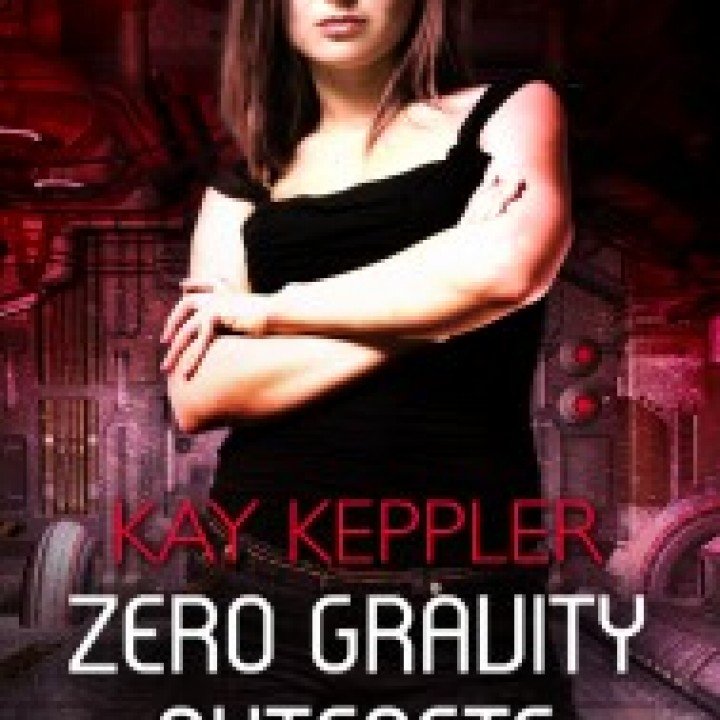
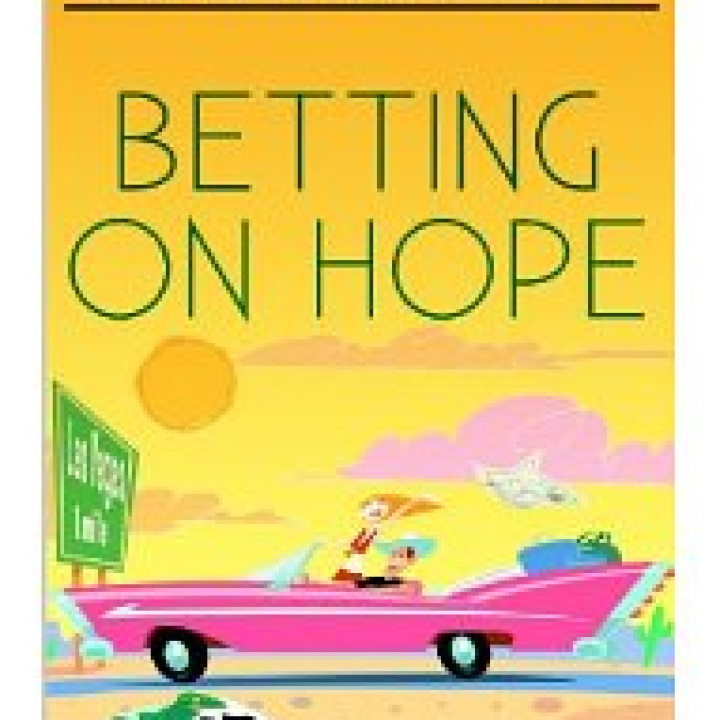
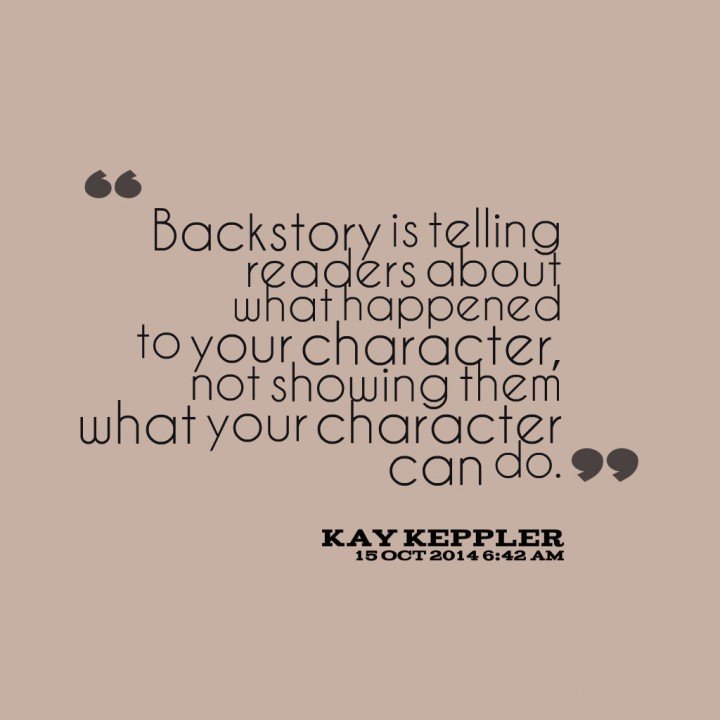

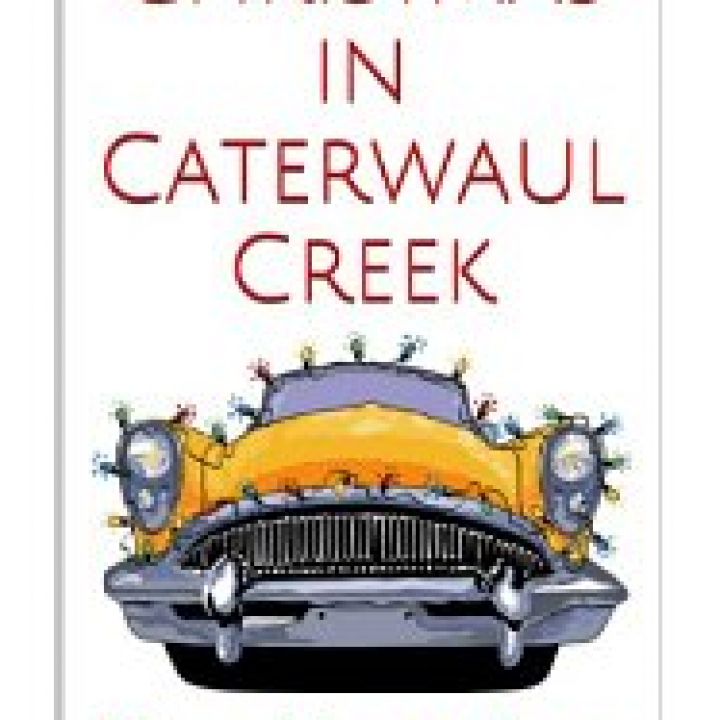
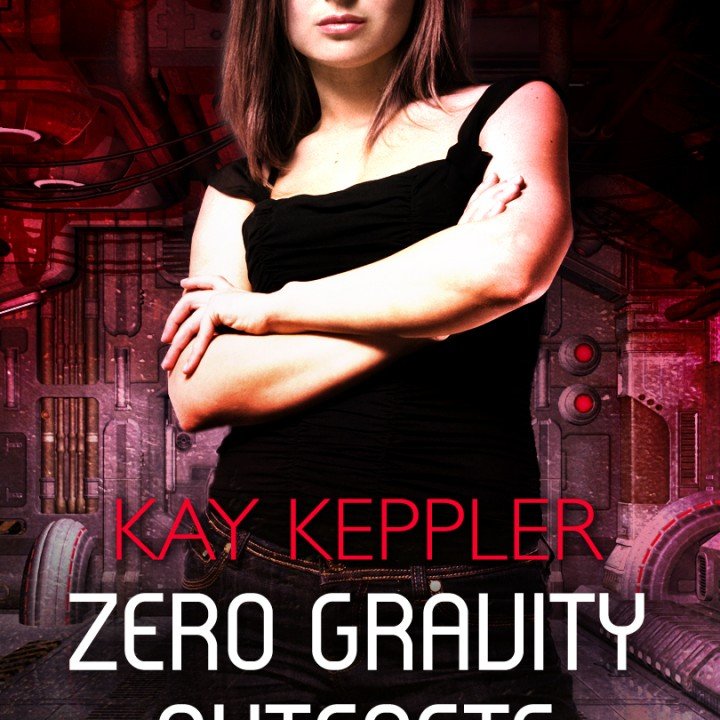



Recent Comments